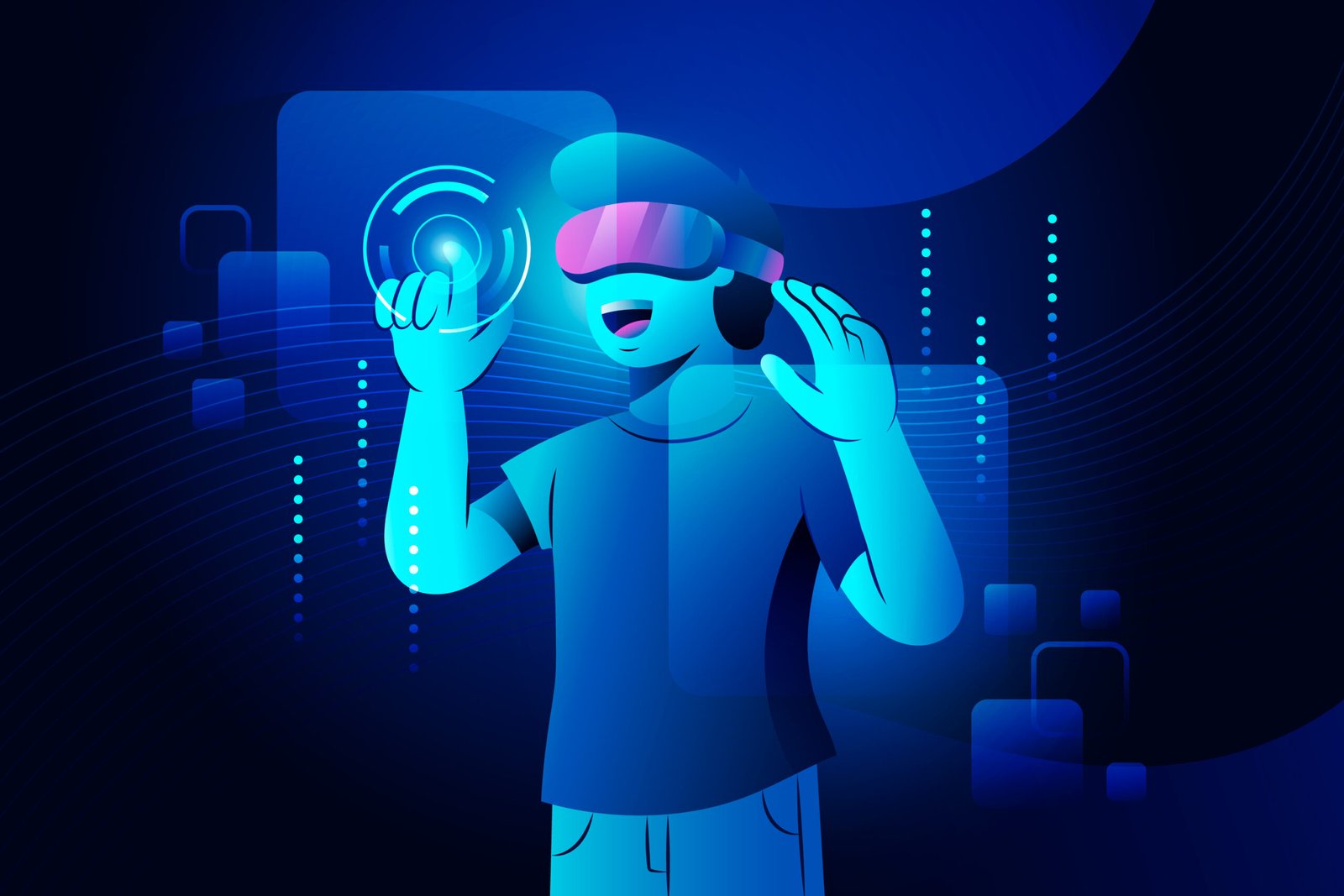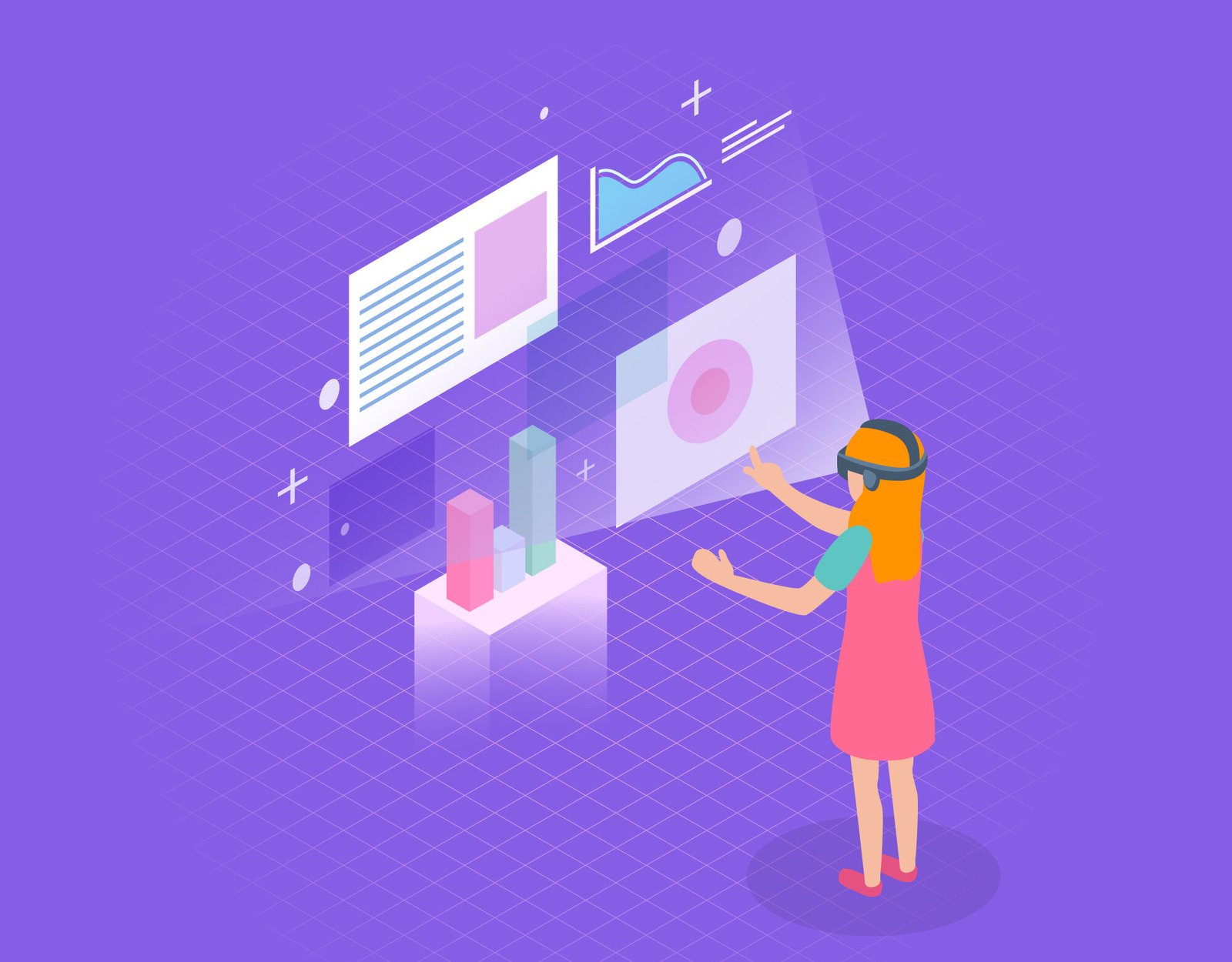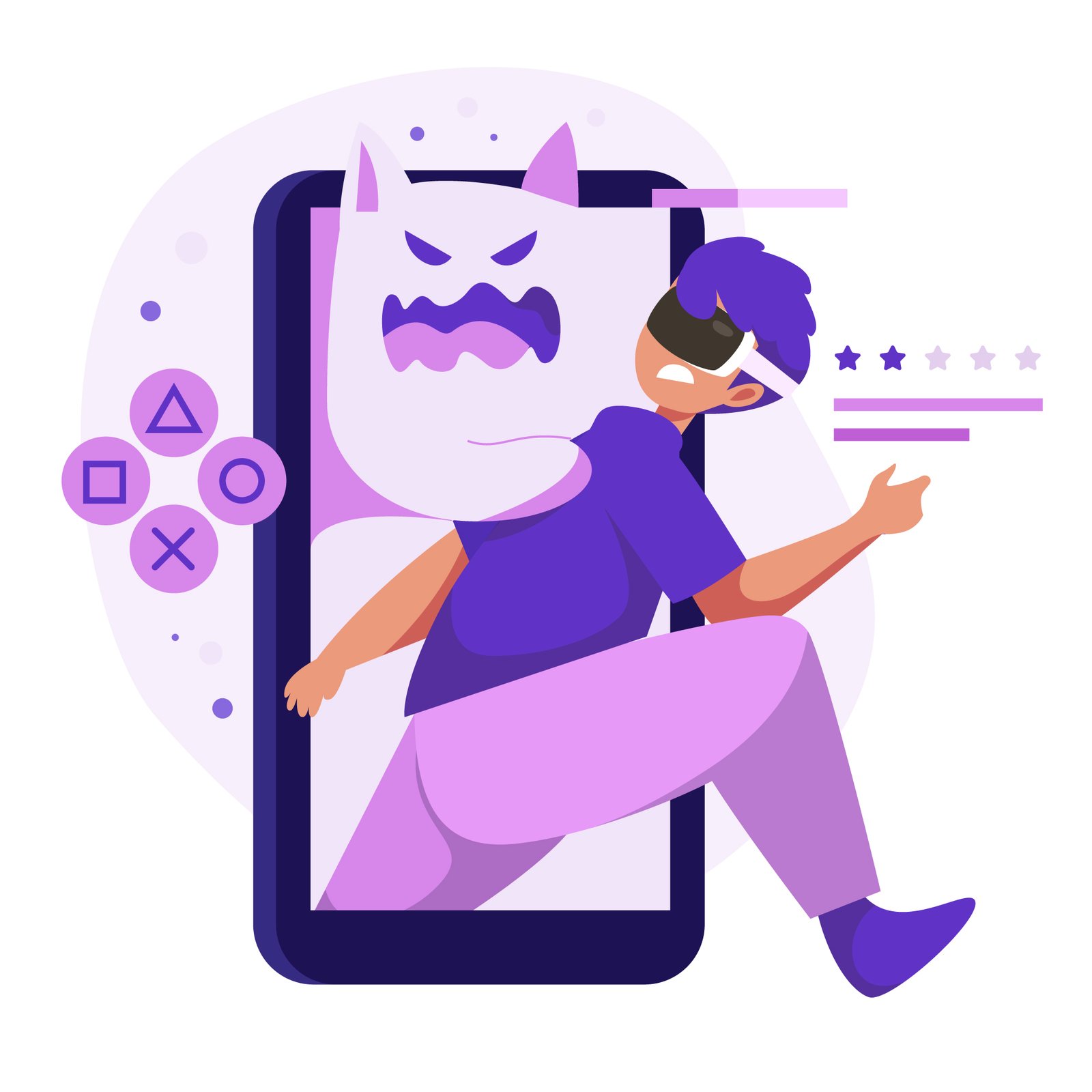AI integration with virtual reality improves the quality of immersive marketing experiences through advanced rendering capabilities. AI algorithms optimize rendering techniques to create detailed and realistic 3D models, surfaces, and textures up to the minute. This becomes critical for environments where digital objects must blend with ground elements.
Advanced AI systems use machine learning to analyze ground data. AI systems can accurately simulate light behavior, cast realistic shadows, and apply intricate material properties to virtual objects. Neural rendering techniques also generate realistic graphics by learning from big datasets of visual information.
Machine learning algorithms can predict and pre-render complex scenes. This reduces computational overhead and improves overall rendering efficiency. Marketers can create detailed and visually appealing VR environments without overwhelming hardware resources.





